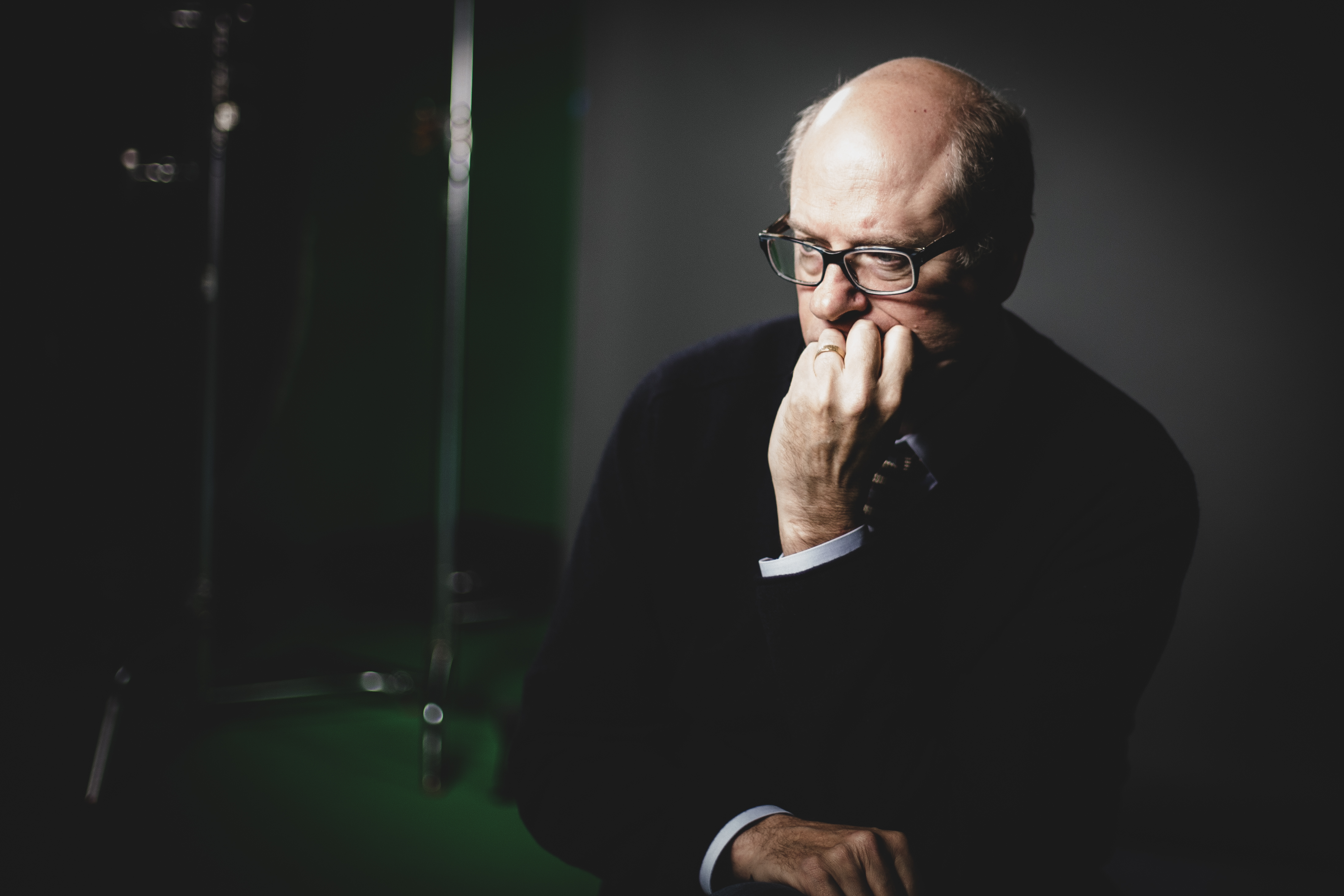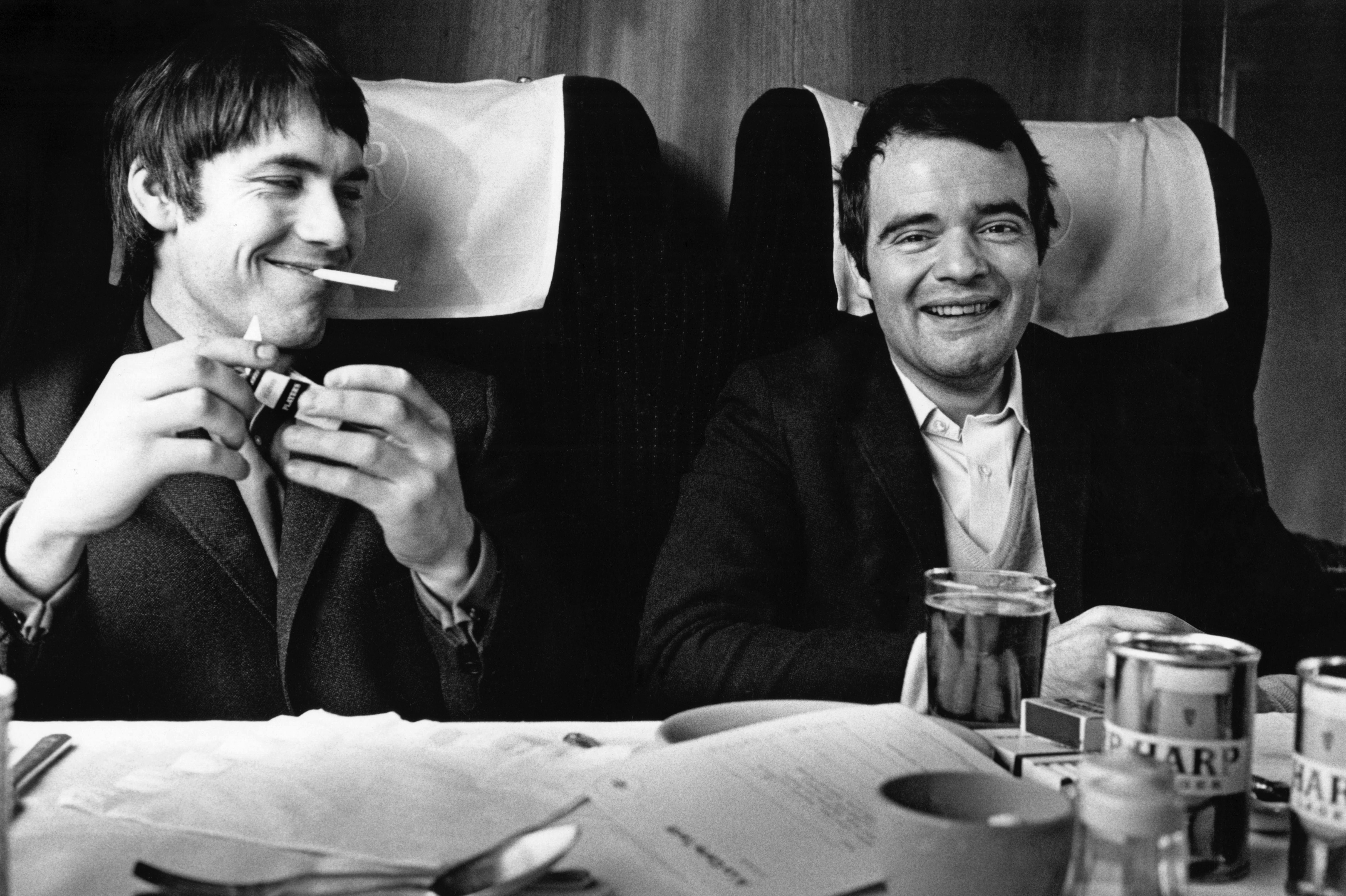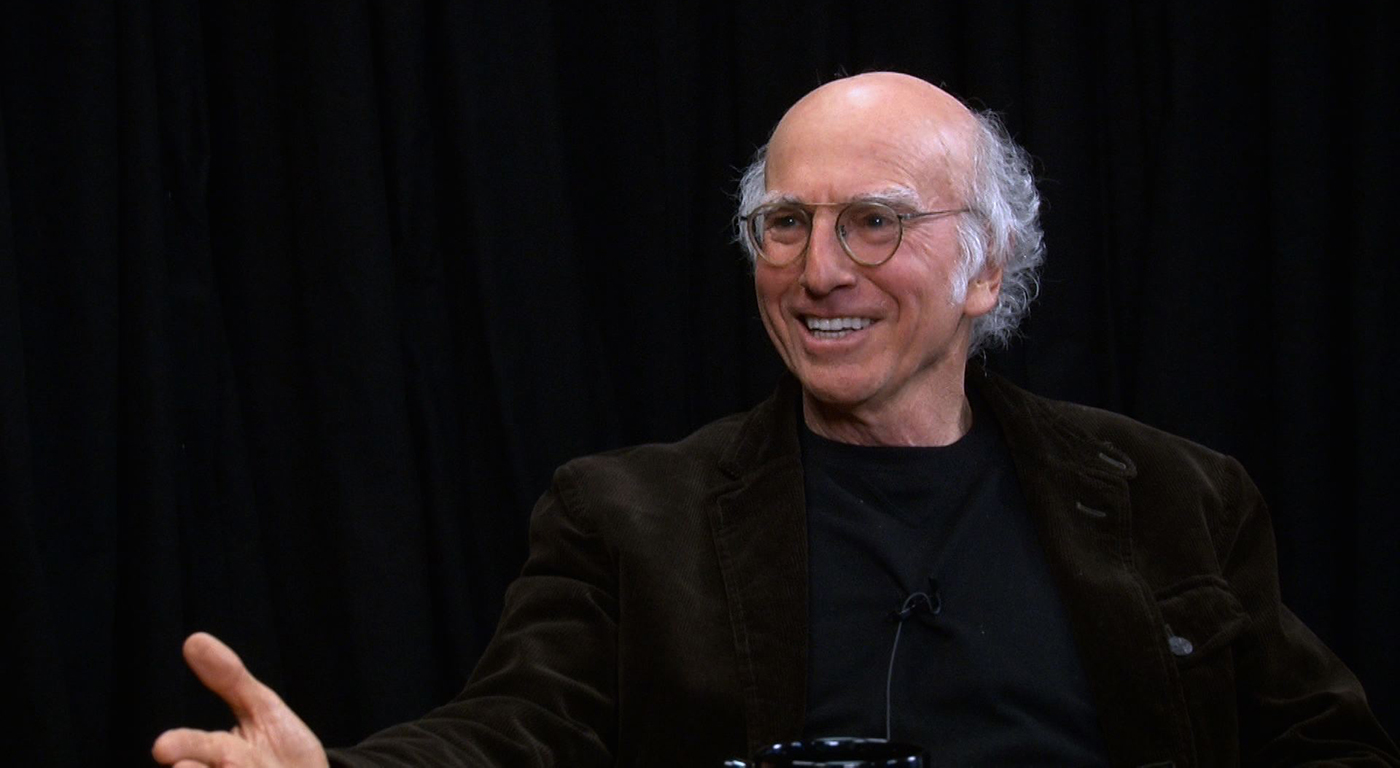I TOOK MY DVD player on vacation with me this Christmas. Not because I’m a film junkie (though I am), but because 10 days in Portland without my favorite new techno toy would’ve driven me nuts. Besides, my friend Jim had just bought a new flat-screen TV, and a demonstration was in order. “My TV has never looked so good,” he raved as we watched Mystery Men.
Like an increasing number of DVDs, the disc to Mystery Men features more than the film. Part of this new format’s appeal is the selection of extra material—a documentary, an interview, maybe a few biographical notes. Some are so packed with supplemental goodies that they turn home movie viewing into a virtual film school. But DVD has its downsides, which most gushing media reports have fast-forwarded past. A potential flaw is that discs are subject to technical tics that can make watching a movie on DVD hardly better than a smeary bargain-bin video.
Another fact that’s been lost in the rush to praise this new technological development is that this sudden leap in standards wasn’t actually so sudden. Laser disc, the home theater cultist’s format of choice for over a decade, looks better than VHS and cable, and pioneered the bonus features now standard on many DVDs—audio commentary, galleries of production stills, and production notes and screenplays that a viewer can page through like a book, one frame at a time. It was the apex of home theater, but because of its prohibitive price—players start at $400, and the discs can push past $100 for special editions—it’s remained a niche format, serving only a small community of technophiles and big-spending film buffs. Now, in the age of CDs, the once-sleek 12-inch laser disc looks like a silver lam頌P, an outdated image from the disco era.
DVD looks today. The same shape and size as a CD, it packs more movie and sound in its tiny storage facility than a laser disc and, at its best, matches the clarity and sharpness of an Ansel Adams print, with bold, glowing colors to boot. It outshines laser disc at a better price; DVD players can be had for around $250, and most discs are $25 to $30.
Which explains their upsurge in popularity. While I hauled my DVD player around Portland, hundreds of thousands of Americans were finding new units under their Christmas trees. The Consumer Electronic Association estimates that five million DVD players have sold since the format’s inception less than three years ago; almost a million of those sales came during the 1999 Christmas shopping season.
TECHNO-BUFFS predict that DVD will replace VHS. The question is how soon. Reportedly, it’ll be years before a recordable DVD is available at consumer prices. Meanwhile, most people are attached to their VCRs, in part because they’ve compiled home movies or collected films on tapes, and the local video store still carries the overwhelming majority of its titles in VHS. Only 5,000 programs are available on DVD; Scarecrow Video alone carries an estimated 30,000 titles on VHS.
But with the booming economy making large-screen TVs and home theaters within the budget of even some middle-class homes, DVD could displace VHS quickly. Using digital compression, disc producers have pushed storage capacity to unprecedented levels, with as much as four hours of video and a wealth of audio information on a single side. These gadgets offer multiple sound design options, foreign language subtitles, and running audio commentary from the director or actors. Toss in the animated menus and interactive screens, and it’s movie viewing for the computer age.
All that clarity in so small a package doesn’t come without trade-offs. MPEG-2, the digital compression system used to cram all that information into a CD-sized disc, still has some quirks. To conserve space, it at times “remembers” information and repeats it. When processed right, it’s undetectable, but when flawed, it can create an odd visual dissonance that exaggerates the flatness of film, making the actors look like cutouts against a photographed backdrop. Meanwhile, some discs still suffer from compression glitches, a kind of visual hiccup where time is momentarily slowed, then the image jumps ahead. And all the clarity in the world can’t overcome the problem of a muddy master or a sloppy transfer. One terrific irony of DVD is that its sharpness actually exaggerates such deficiencies. These faults are rarely found in films from the big studios (and established boutique labels like Criterion and Anchor Bay), but many newcomers to the format stumble.
One last detail that DVD manufacturers don’t like talking about: compatibility. The DVD player is actually a small computer; the disc is its software. The September 1999 release of The Matrix, the top-selling DVD at the time, was a wake-up call to the industry. The interactive features and complex design caused problems on almost two dozen models that locked up during playback, could not access certain portions, or simply refused to play the disc. It wasn’t the first DVD to experience such problems, but monster sales exaggerated the problem, and manufacturers scrambled to create hardware fixes for both existing and future players.
VIDEO INDUSTRY WAGS have hailed DVD as the savior of home video, giving the flat sales market a sudden injection. Just as the CD resuscitated a flagging music industry in the ’80s, this new format could have consumers buying new releases, but more importantly, replacing the catalog films they already own on VHS.
Analysts predict that by the end of 2000, 10 percent of American households will own a player. It’s too early to tell if the digital clarity of DVD sounds the death knell for VHS, but without a doubt it’s poised to steal its primacy as the home video standard. With over 100 new titles released a month and more and more new releases arriving simultaneously on tape and disc, DVD is proving friendly to both the demanding collector and the weekend renter. With proper care DVD is far more resilient than VHS tape, which wears out, crinkles, and every once in a while gets eaten by a hungry VCR. And when a DVD is produced right—as the majority of them are—it’s better than anything you’ve seen or heard on your home theater system.
I’ll probably never give up my VCR. I’ve got too many movies and TV moments stashed away that DVD might never access. But as I bounce around the interactive docu-snippets of The Matrix, compare storyboard to scene in Army of Darkness, sort through the hours of screenplay notes on Voyager’s Brazil, or simply plunge myself into the dynamic surround sound and clear, crisp picture of Apocalypse Now, I count myself among the DVD converts.








